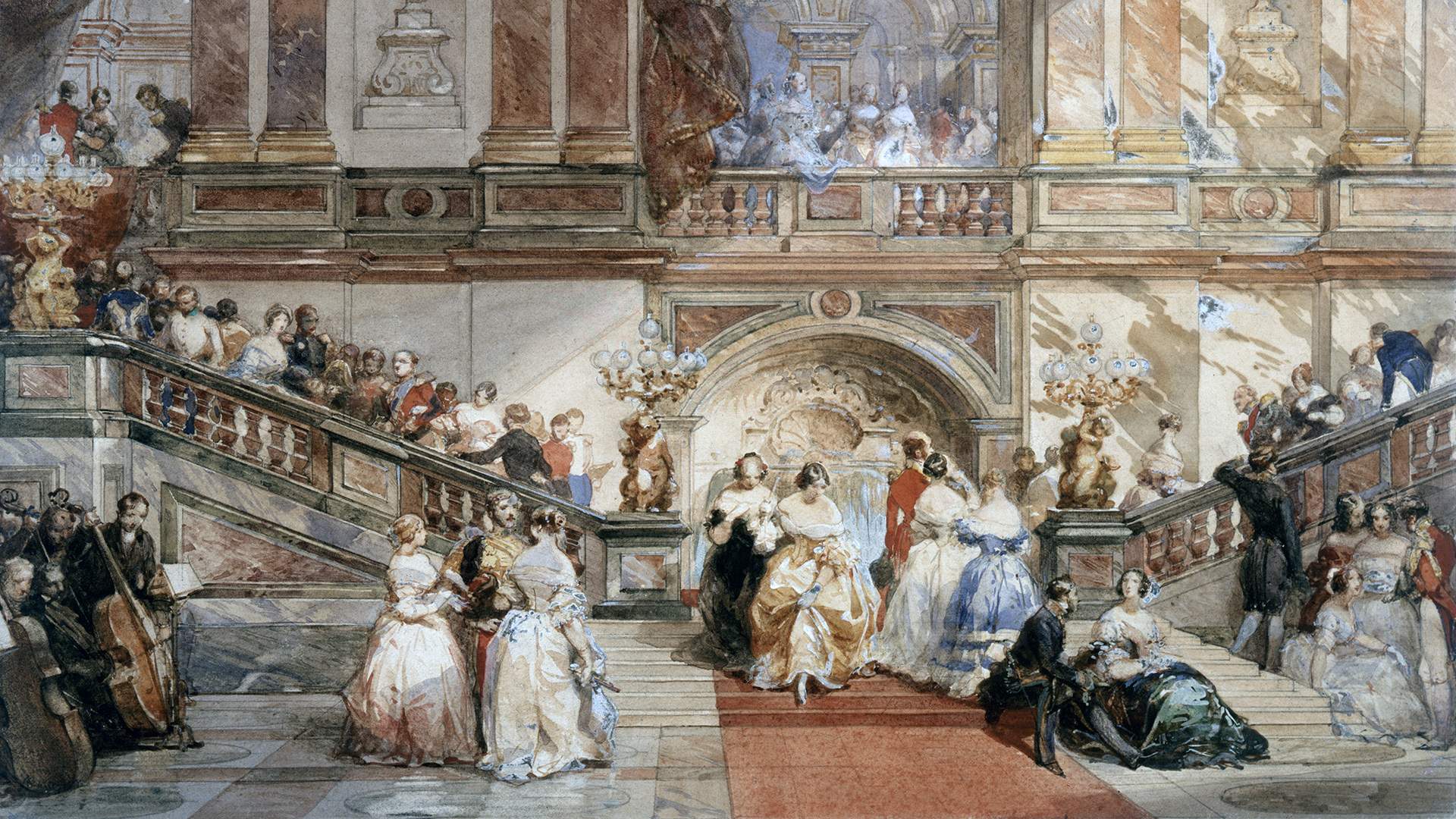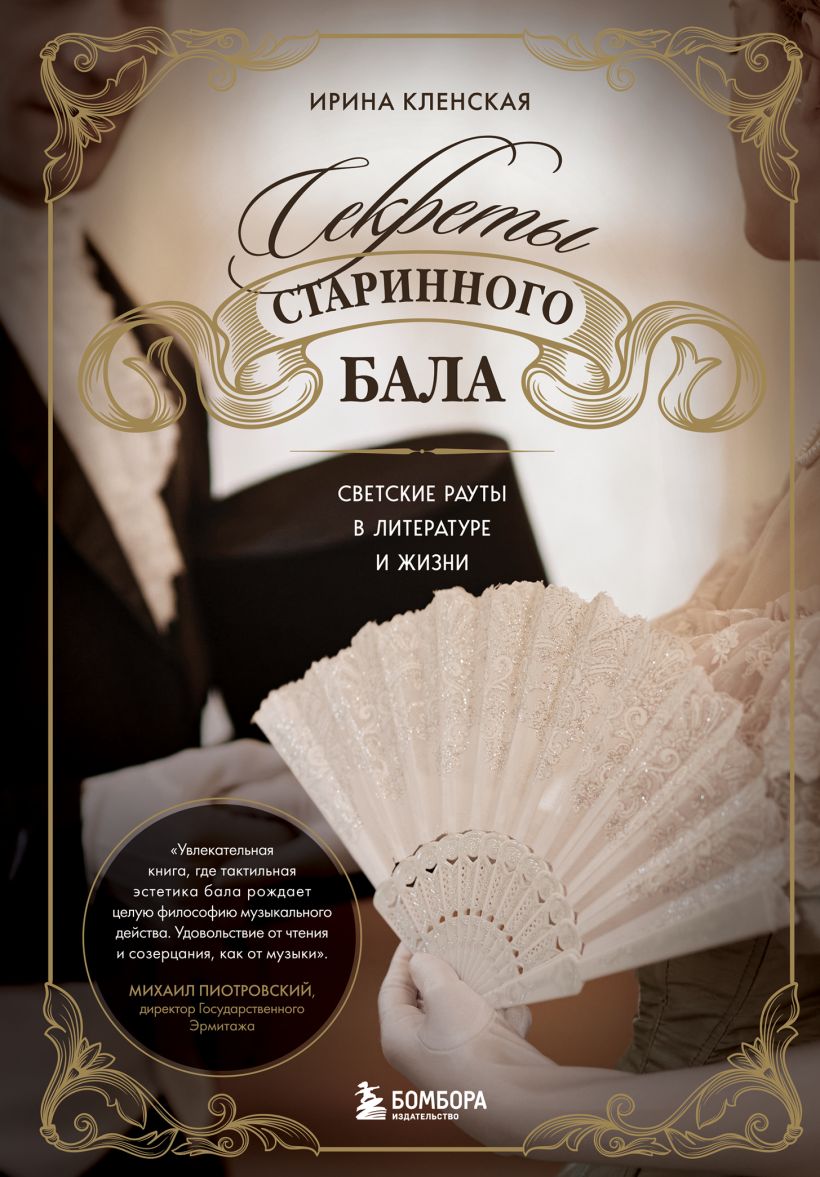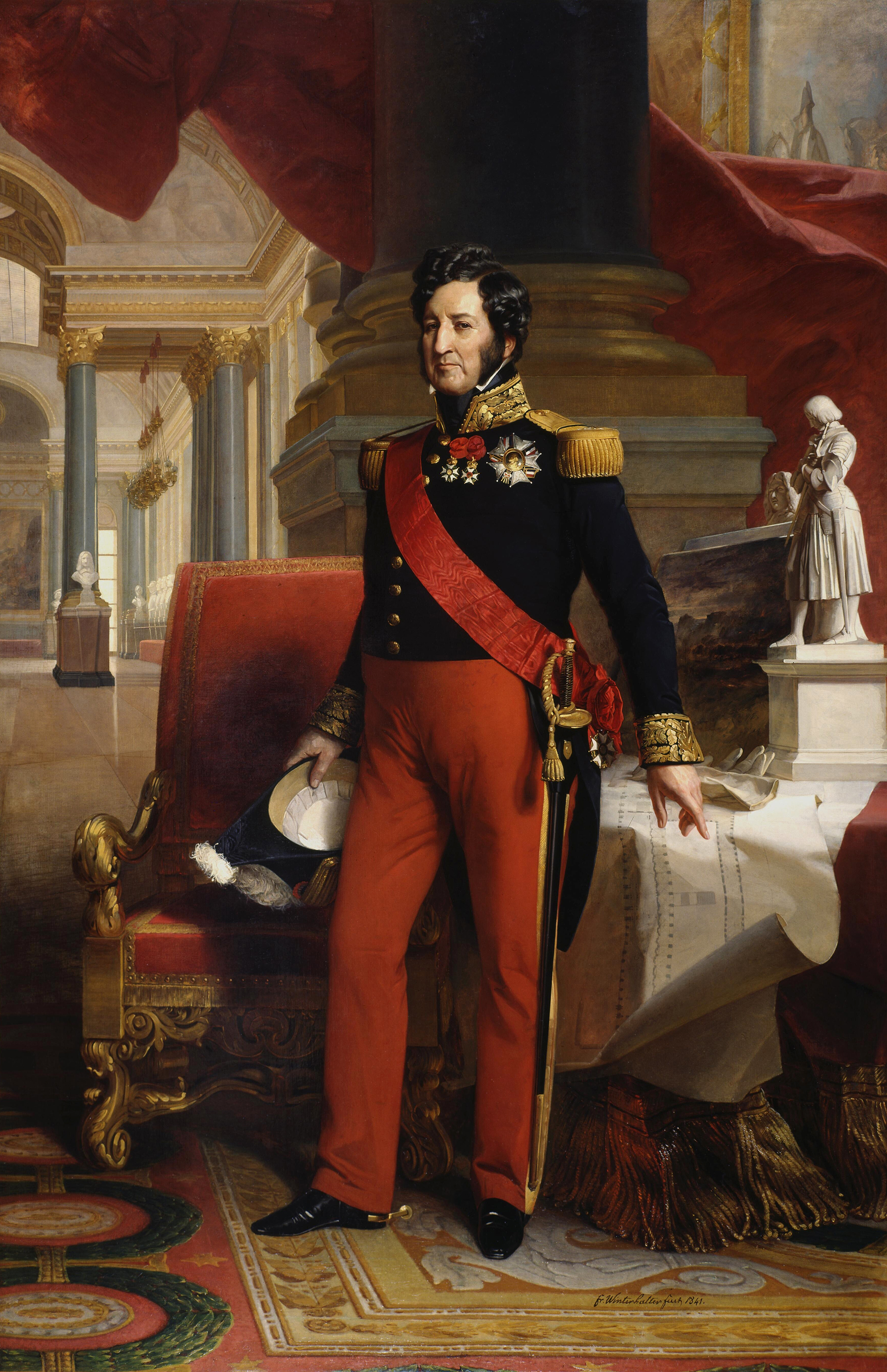- Статьи
- Culture
- Drinking, eating, making merry: the importance of balls and feasts for the art of opera and ballet
Drinking, eating, making merry: the importance of balls and feasts for the art of opera and ballet

Irina Klenskaya briefly outlines the history of her book in the preface: "The Secrets of the Old Ball" grew out of the program "Ball", several years on Radio Orpheus. "I was curious to find out what was behind the plots of great works; what the world of everyday life of favorite characters, what are the quirks and habits of the time in which they lived. Gradually facts, stories, rumors were collected," Klenskaya explains. Much that didn't fit into the radio program made it into the printed volume. Critic Lidia Maslova presents the book of the week, especially for Izvestia.
Irina Klenskaya
"Secrets of the ancient ball"
Moscow : Eksmo, 2025. - 288 с.
"Secrets of the old ball" and really resemble in style at ease flowing speech of an experienced radio presenter. Or, if you want to plunge into the past, a ball conversation with a socialite: she always has a pile of fried facts, gossip, amusing information of a general cultural nature at the ready, but she does not have to remember where she learned this or that curious detail. Klenska's chosen way of quoting does not always imply the indication of the source, and sometimes the writer does without quotation marks. That these are quotes, sometimes you can guess only intuitively, by the stylistic coloring of the text, and then check your guess by typing an interesting phrase in a search engine.

Thus, acquaintance with the "Secrets of the old ball" can turn into a fascinating reader's investigation, as a result of which is found a lot of interesting sources on ocoblobal topics, and not all of them are listed in a short bibliography of 14 titles at the end of the book. Among those lucky enough to be included in this official list are historian Vera Milchina with her study "Paris in 1814-1848. Everyday Life" and culturologist Olga Weinstein with her monograph "Dandy: Fashion, Literature, and Lifestyle". From the latter book Klenskaya borrows, without any quotation marks and footnotes, changing the construction of the phrase and sprinkling thoughtful polytoches, a description of tie knots that existed in the time of the founder of dandyism George Brummell: "What type should be chosen: Oriental - made of very stiff materials, it should show no creases, perfect smoothness; or perhaps better is the mathematical knot... which misses only three creases, and the color is definite - the color of 'the thigh of a frightened nymph'; attractive is also the 'Throne of Love'... well starched, the color of 'the eyes of a girl in ecstasy'..."
But the author of the famous book "The Three Dumas" Andre Morois is not mentioned in the bibliography, although it is from him Klenskaya takes, slightly twisting for conspiracy (for example, throwing out the epithet "Byronic" in relation to pallor), the description of the heroine of the novel "The Lady of the Camellias": "narrow waist, swan neck, expression of purity and innocence, mysterious pallor, long curls, diamond necklace, gold bracelets on her hands... Marie - Marguerite - Violetta... She was bewitching and regally beautiful." To disguise borrowings that for some reason cannot be legally labeled, Klenska sometimes resorts to streamlined formulations: "people believed", "as his contemporary remarked..."
The most comical case of such veiled quotation can be found again in the chapter devoted to the opera La Traviata and The Lady with the Camellias, where she speaks about the reign of Louis-Philippe: "...historians believe that 'prolonged peace and prolonged war - two extremes - produce the same consequences in people: fluctuating minds, thirst for change and exuberant regulatory fantasies'". It would not be difficult to find out that the anonymous "historians" worked in His Imperial Majesty's Own Chancellery: the analysis about the two dangerous extremes, again slightly modified, is taken from the Report of the Third Department for 1839, which was cited many years ago by other researchers, such as Armen Hovhannisyan, editor-in-chief of International Life, in his article "The Revolution That Should Not Have Been.

Such curiosities add a peculiar charm to "Secrets of the Old Ball", which can be referred to a pleasant, though lightweight genre of "about everything about everything" - a kind of cultural potpourri with a noticeable bias towards the magazine section "Lifestyle". Despite the intention stated in the title to structure the book around ballroom subjects, Klenskaya quite often deviates from the key theme in favor of domestic and historical details that interest her. For example, from the first chapter, where the author starts dancing from Natasha Rostova's famous first ball, one can draw not only a description of the mazurka ("What a wealth of movements, feelings: coquetry, pride, whimsy, sympathy, passion - everything is in this wonderful dance"), but also information about the sympathetic habits of Emperor Alexander I: "to get up early, to dress soon (men dress up, not dress up), to be moderate in food, affability in communication, but without familiarity, the ability to work on himself and develop "his knowledge". Early in the morning, the emperor walked in the park, the head gardener was waiting for him by the lake with a huge basket of food for birds - Alexander always fed the birds himself, and they were waiting for him, flying around him".
The author of the book shows a slight fetishism in relation to such an obligatory ball accessory as a fan. It is mentioned several times, and the same information (primarily about how to give secret signs to interested parties with the fan) can be repeated in different chapters with minor variations: "We have sensed danger, we must be warned immediately - "Be careful, we are being watched": quickly open the fan and touch your left ear with it. <...> It was considered indecent for ladies to go out without a fan, and by the manner of holding a fan you can distinguish a princess from a countess, and a mazurka from a bourgeois". (We can only guess at the meaning of the word "mazurka" in this context - perhaps it is the feminine gender of the word "mazurik"?)
Nevertheless, in addition to the fan, the book has a certain internal core that prevents it from falling apart. Each chapter briefly traces the history of one of the classical repertoire operas: "War and Peace", "La Traviata", "Iolanta", "Boris Godunov", "Faust", and the fourth chapter is devoted to the ballet "The Nutcracker". It intertwines stories about Ernst Theodor Amadeus Hoffmann's way of life ("... he spent his evenings in a drinking house - he drank to cheer himself up, to get into an exotic mood, and then he shone, charmed, enthralled with his stories") and Peter Ilyich Tchaikovsky's confessional notes about his love of peace and quiet: "I love these bright Christmas days with a light frost, when the sun is a little bit hot, the snow glistens, snowflakes swirl. I found a house in Klinu... I want to live in cozy silence, tranquility... I can't stand the rumble... I love to watch the snow fall..."
Irina Klenskaya's own style and point of view are not always visible behind the numerous quotations, but the essentially ball-like principle, according to which this "collection of motley chapters" is composed, is strictly observed: "The main thing - to be able to give a special interest to any subject easily, casually, kindly and pleasantly. You should talk as if you were gliding through topics, plots. The topic for conversation can be anything that causes pleasant feelings and memories: travel, theater events, music - the salon conversations have no other purpose than innocent entertainment.
Переведено сервисом «Яндекс Переводчик»

